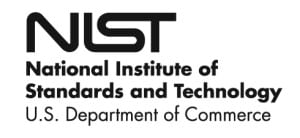
The latest draft Digital Authentication Guideline (SP 800-63-3) released Tuesday by the National Institute of Standards and Technology (NIST) greatly devalues the popular SMS/text messaging-based form of two-factor authentication and places limits on biometric authentication, the document said.NIST calls out of band (OOB) authenticators using SMS as depreciated and “may no longer be allowed in future releases of this guidance.” The agency defines an OOB authenticator as a uniquely addressable physical device that can receive a verifier-selected secret for one-time…

 By
By 











